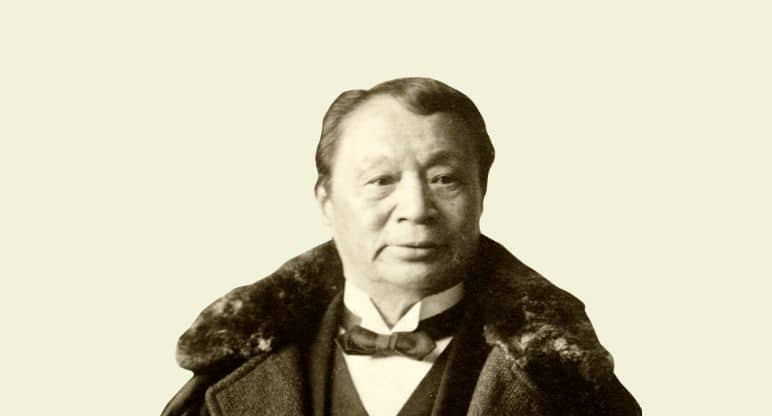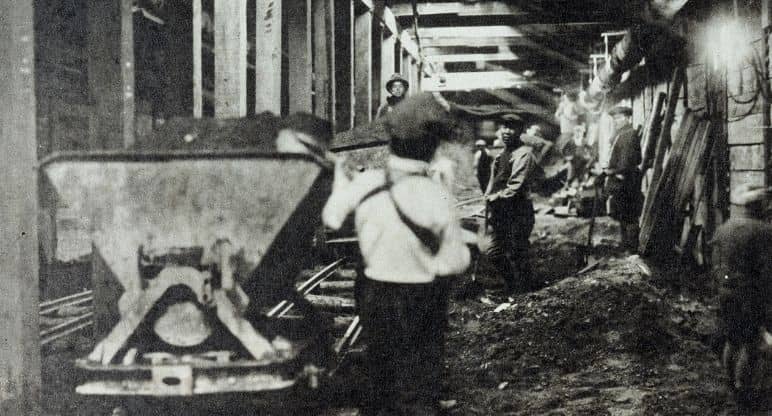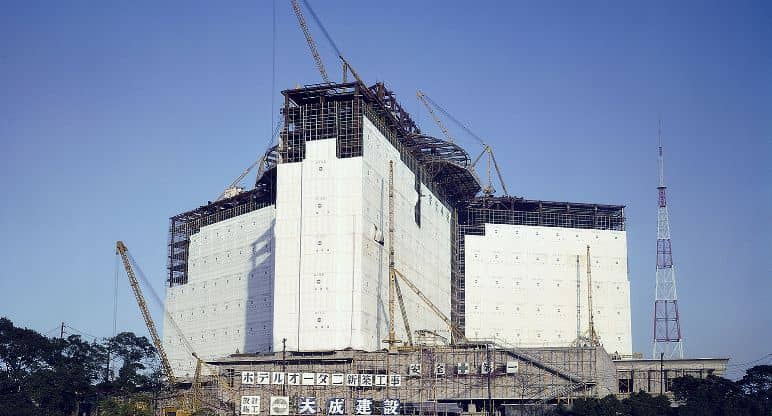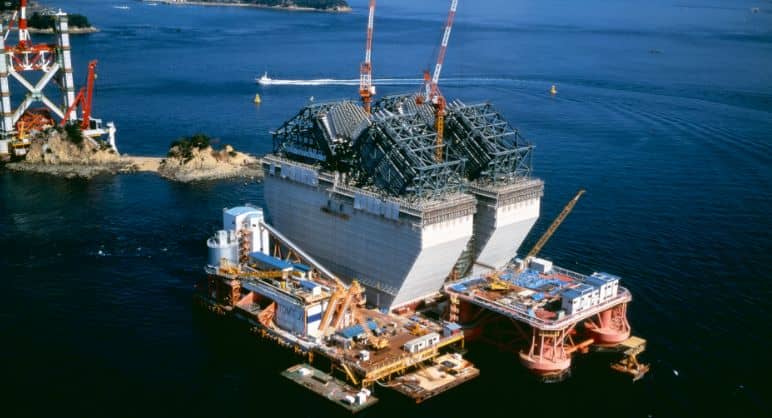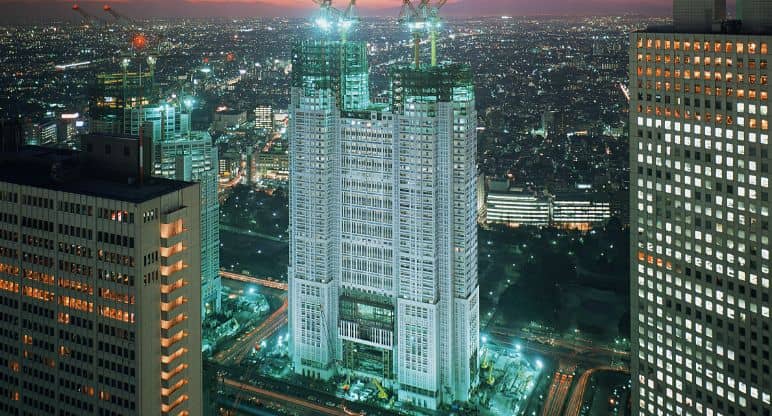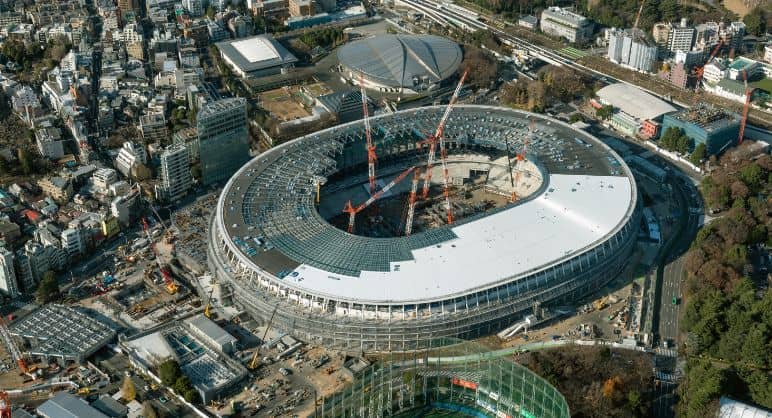-
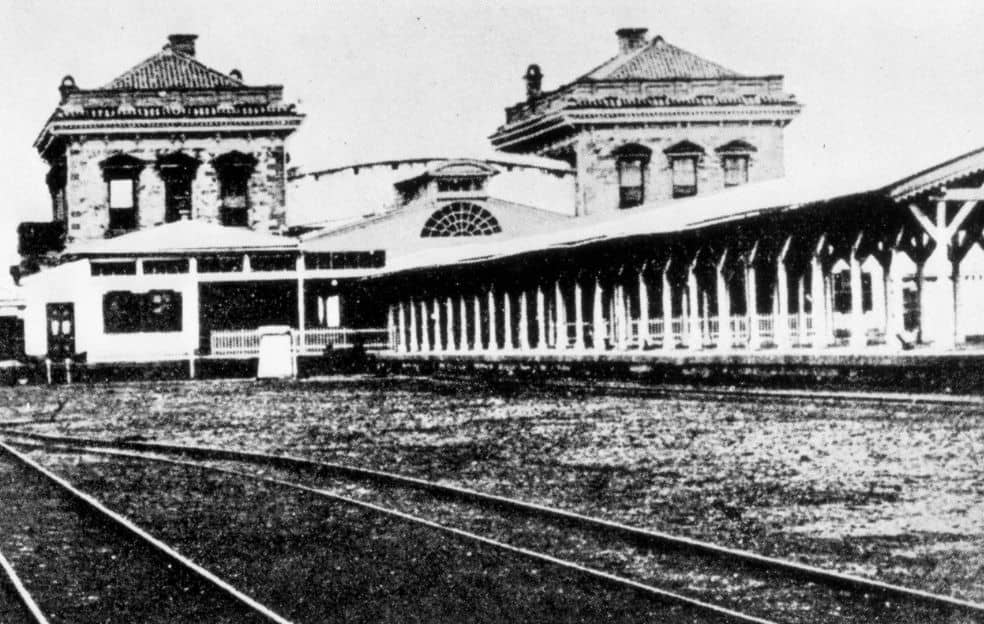
1872
Shimbashi Station
Tokyo
-
1873Foundation
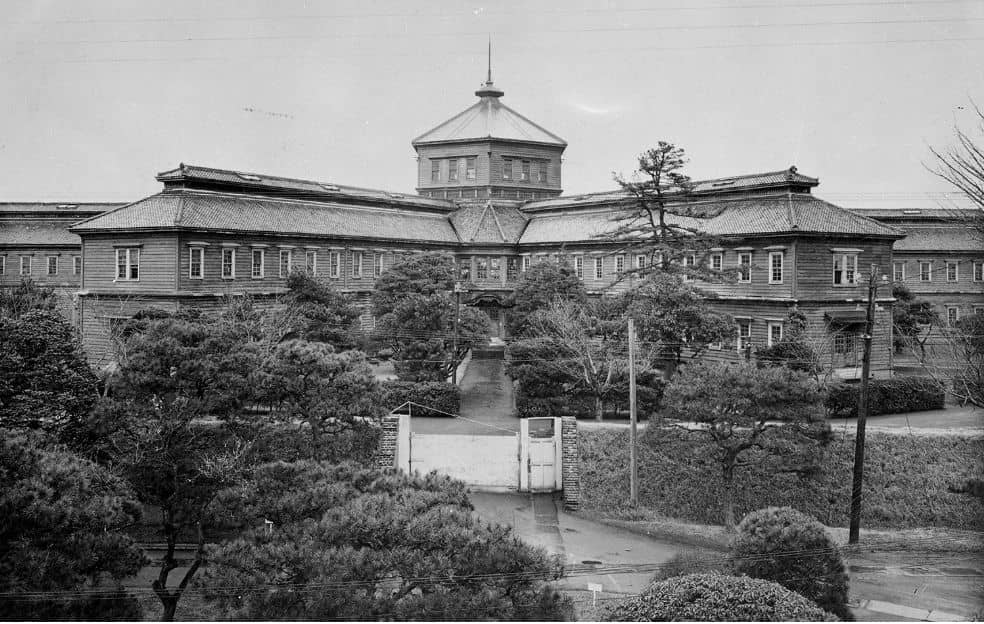
1879
Miyagi Shujikan
Miyagi
-
1880
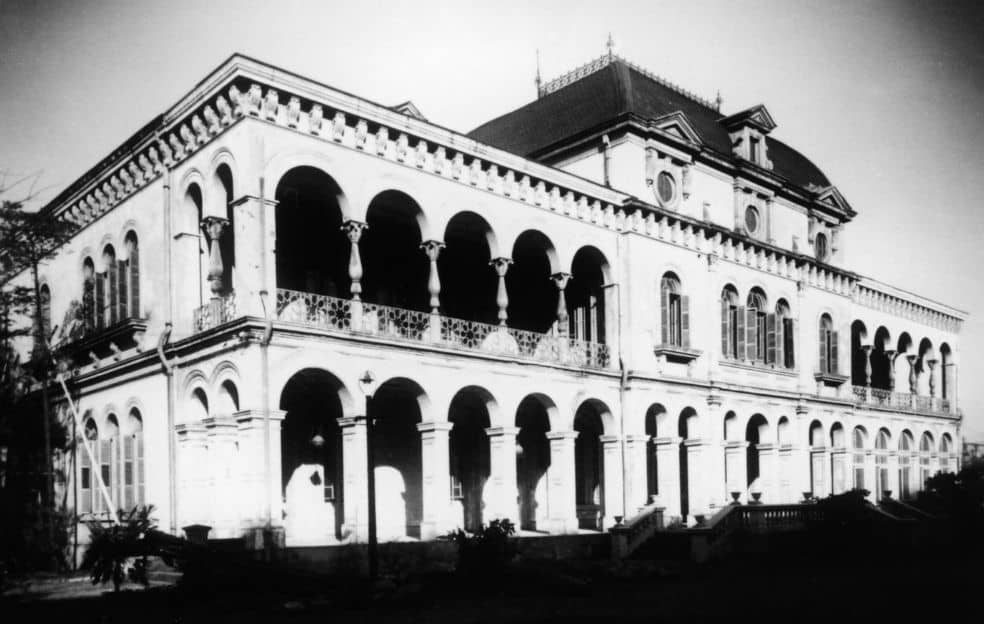
1883
Rokumeikan
Tokyo
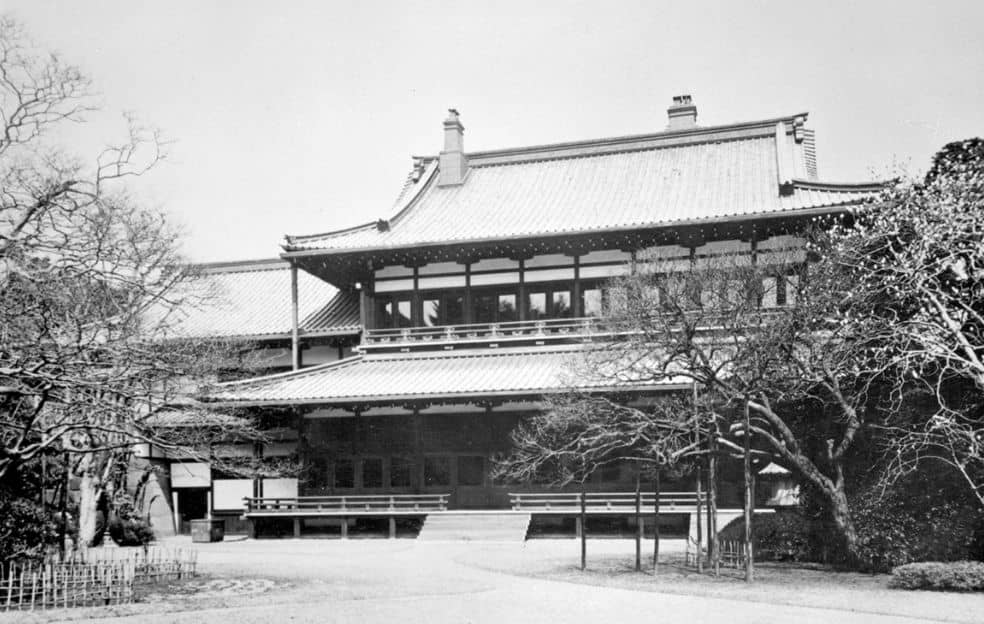
1887
Imperial Place Throne House
Tokyo
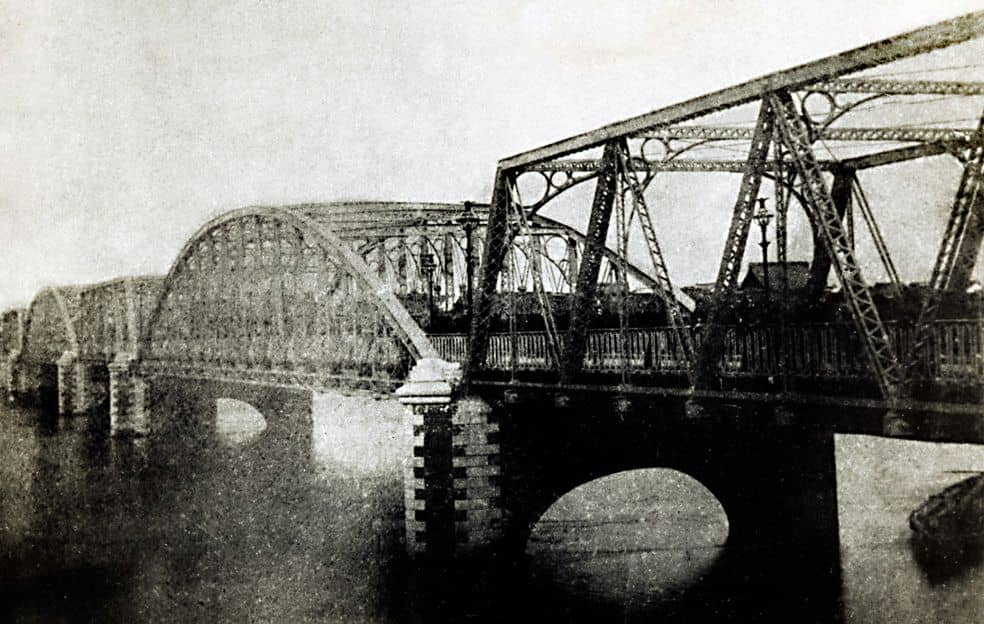
1889
Osaka Tenjin Bridge
Osaka
The Rokumeikan—Taisei’s work that was depicted in nishiki-e
The Rokumeikan is a beautiful two-story brick western-style building based on the Neo-Baroque style. It was a highlight of the time as a social gathering place for honored foreign visitors as well as Japan’s nobility and high officials during the Meiji era. The architect Josiah Conder designed the Rokumeikan. He was an invited English professor at the Imperial College of Engineering (currently part of the University of Tokyo). At that time, Kihachiro OKURA extensively engaged in contracting work related to the government through Okura Gumi Shokai. He was in charge of the construction through the newly established Doboku Yotashi Gumi. The total construction cost was 140,000 yen. The Rokumeikan was dismantled in 1940. However, you can enjoy the splendid nostalgic atmosphere of the past through literature such as Ryunosuke AKUTAGAWA’S “A Ball” and Futaro Yamada’s “A Ball in Edo.”
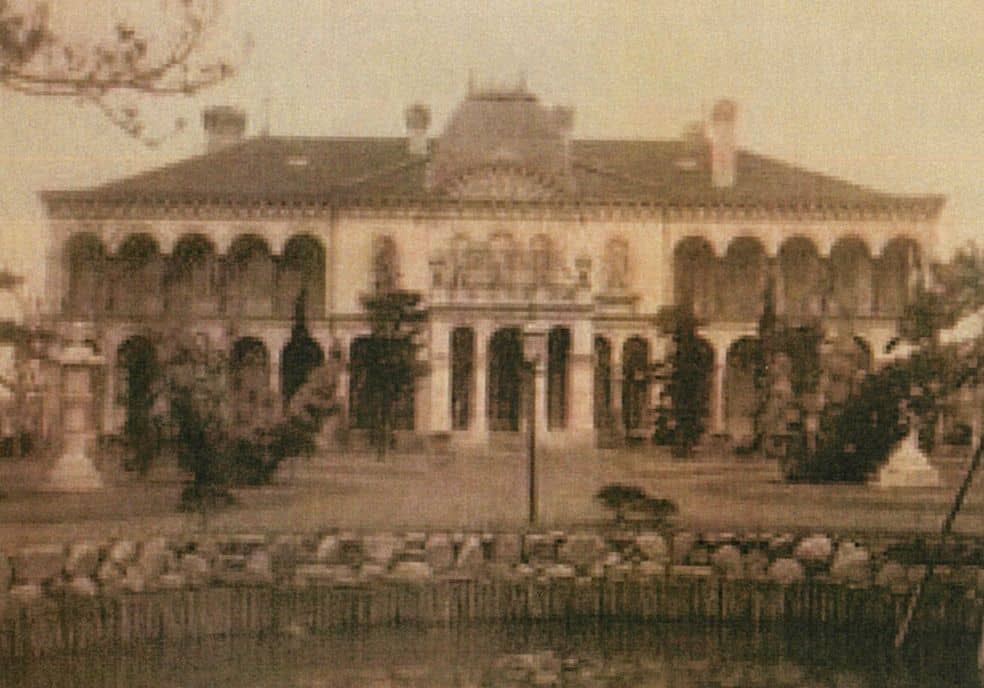
-
1890
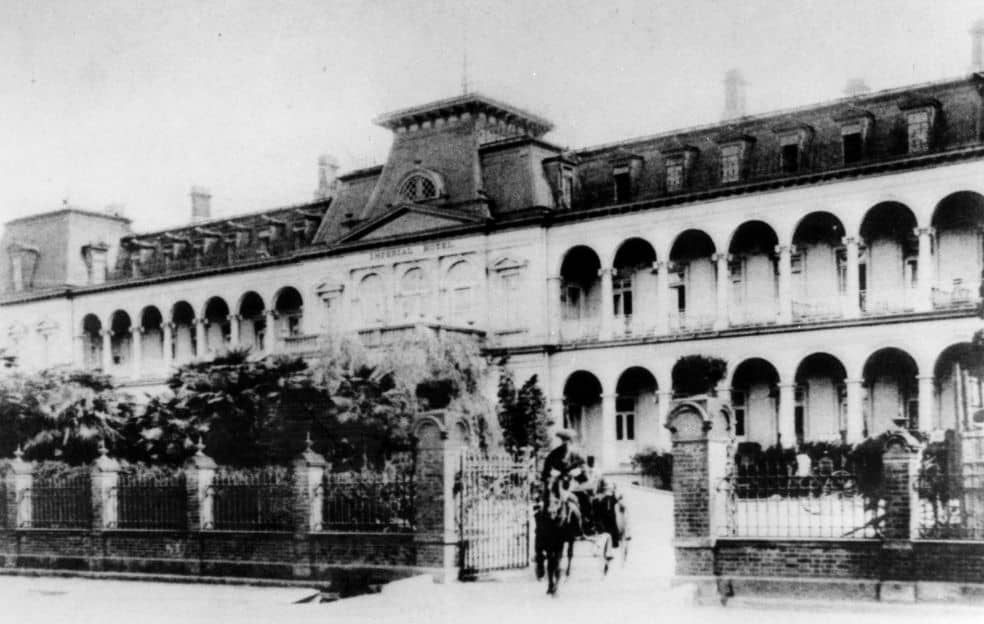
1890
Imperial Hotel - First Generation
Tokyo
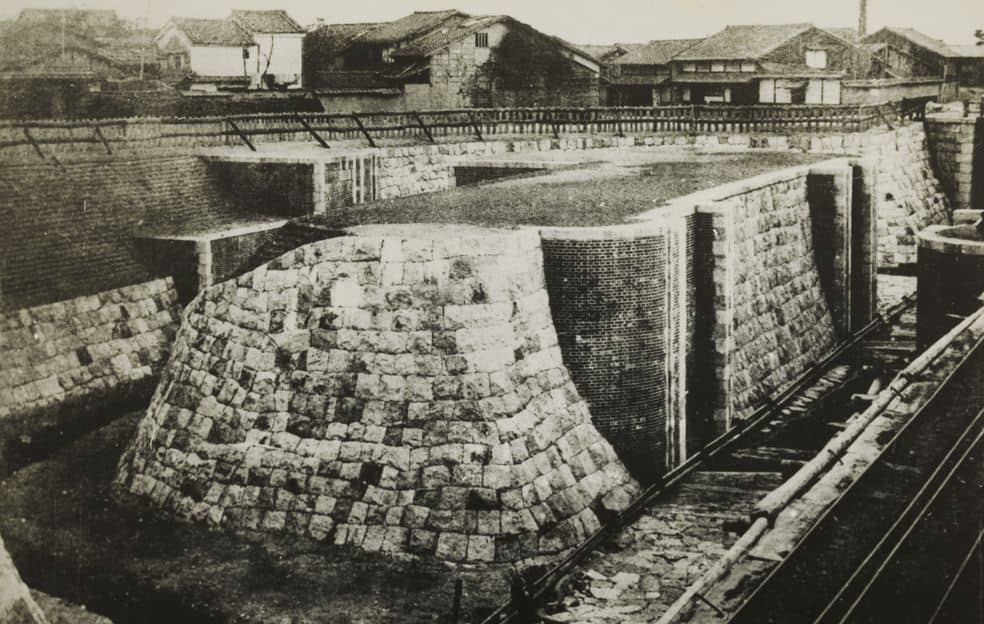
1890
Lake Biwa Canal Sluice Gate (Lock Gate)
Shiga
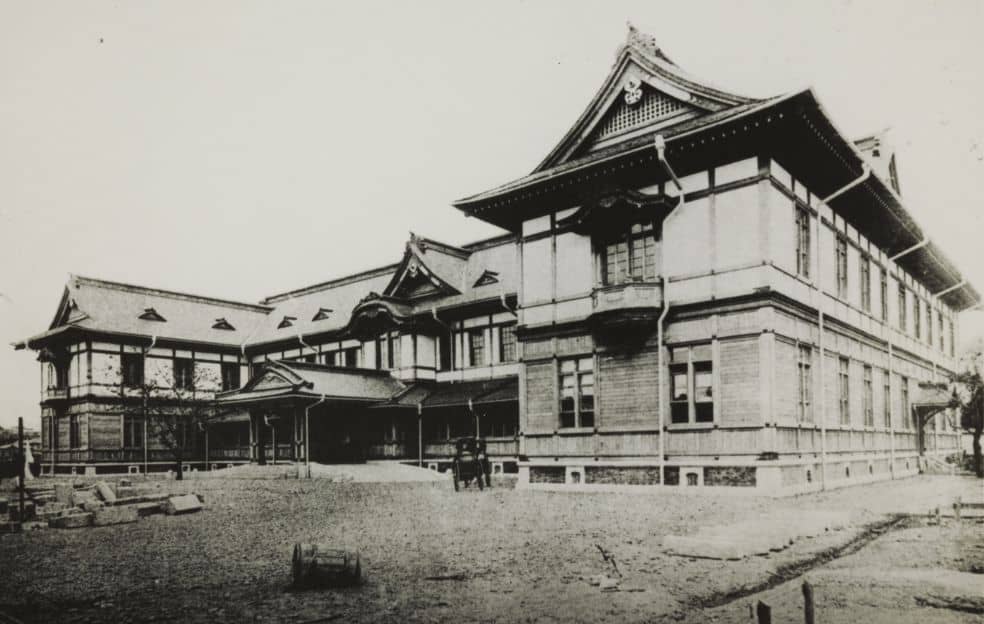
1899
Head Office of Japan Kangyo Bank
Tokyo
-
1900
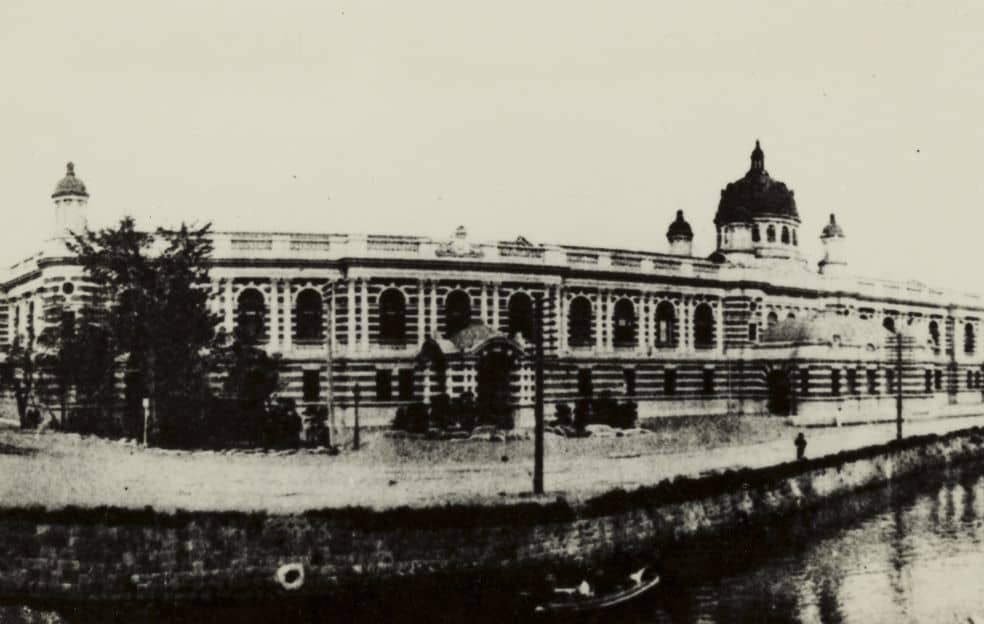
1909
Ministry of Communications Office Building
Tokyo
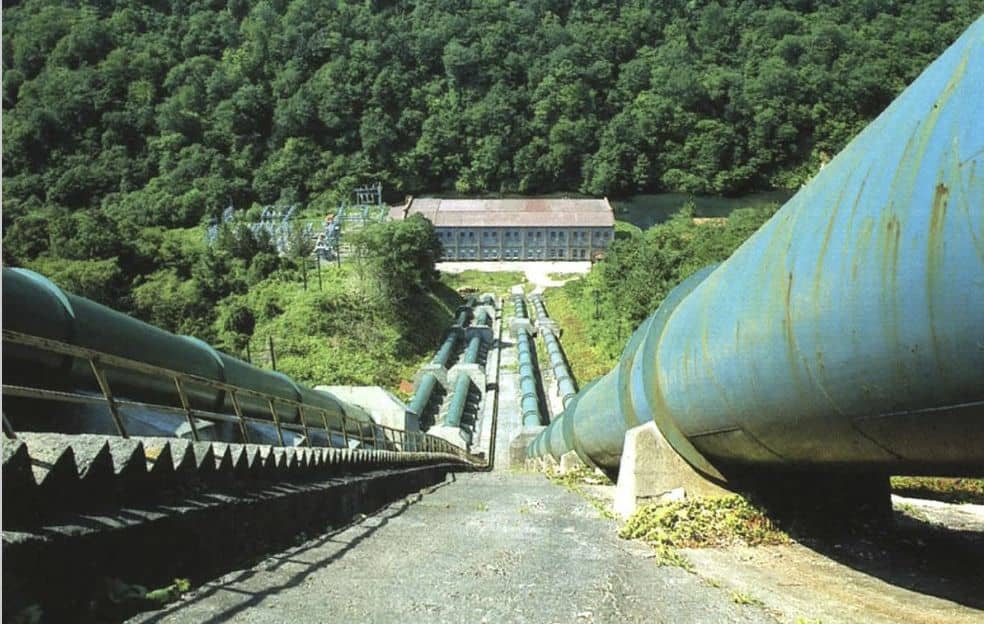
1909
Oji Paper Chitose River Daiichi Power Plant
Hokkaido
-
1910
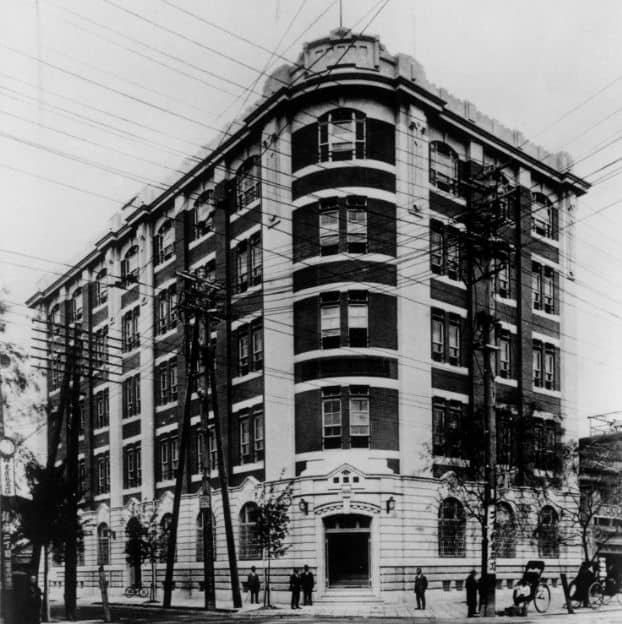
1915
Okuragumi Main Building
Tokyo
-
1920
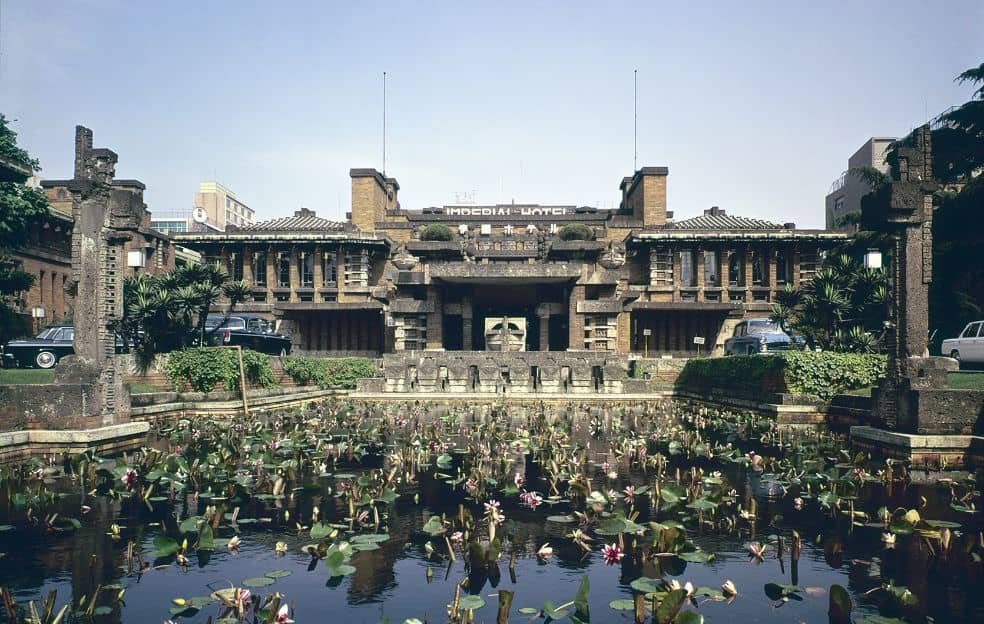
1923
The Wright Imperial (Imperial Hotel - Second Generation)
Tokyo
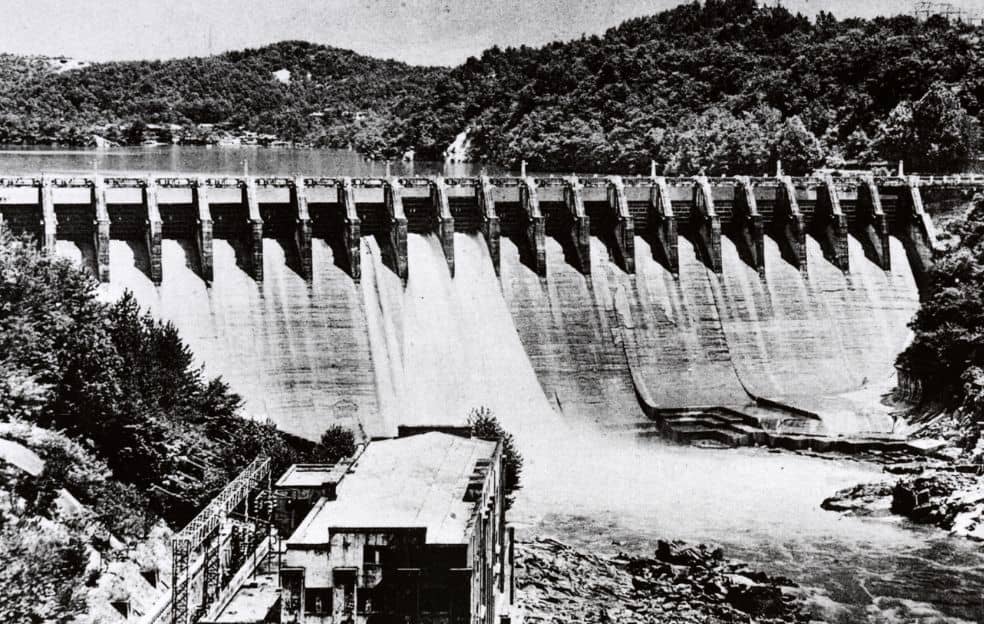
1924
Kansai Electric Power Co., Inc., Oi Hydropower Plant
Gifu
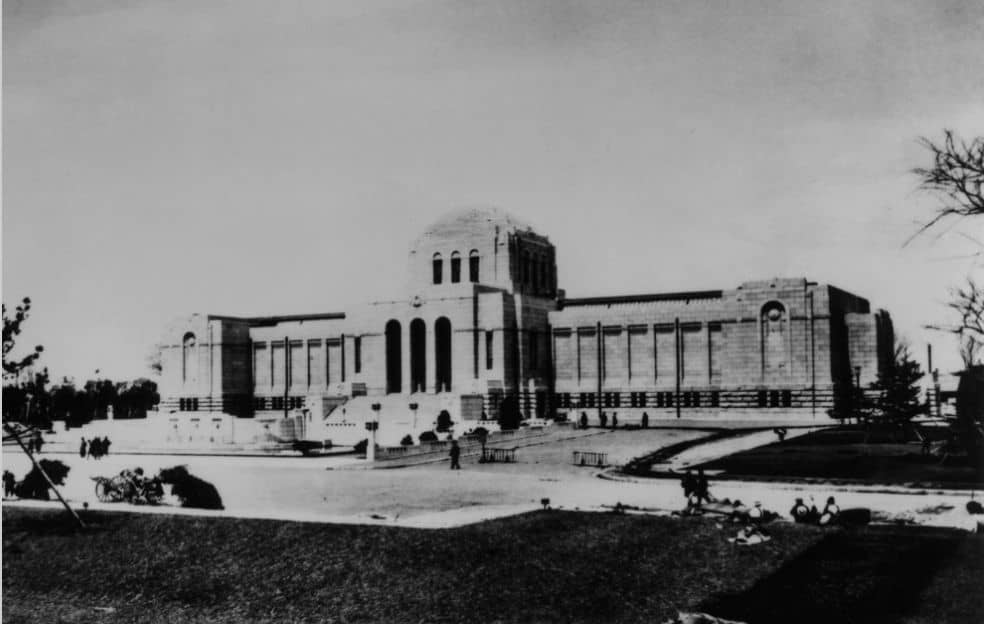
1926
Meiji Memorial Picture Gallery
Tokyo
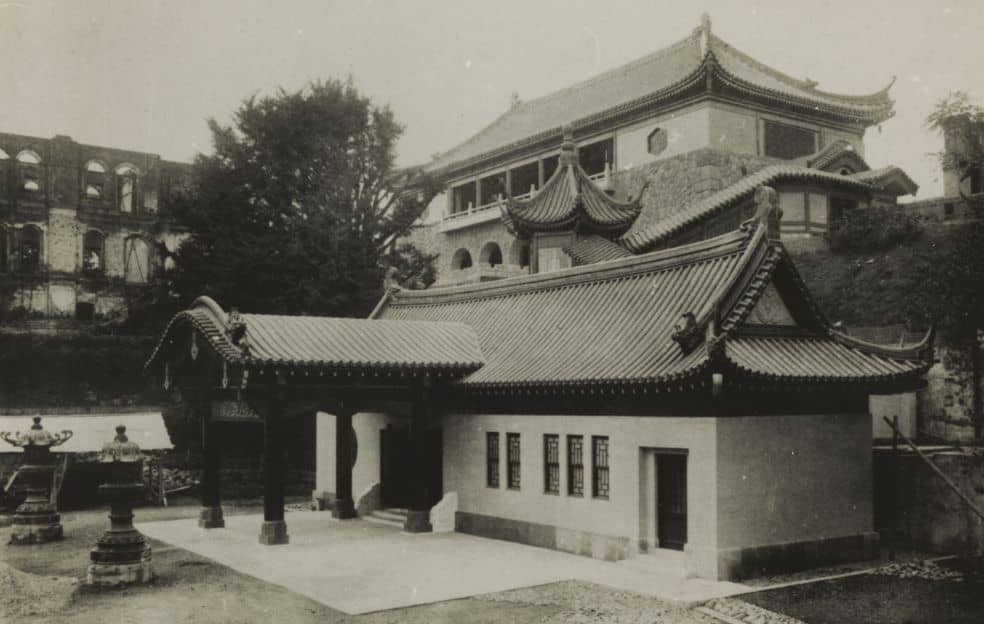
1927
Okura Museum of Art
Tokyo
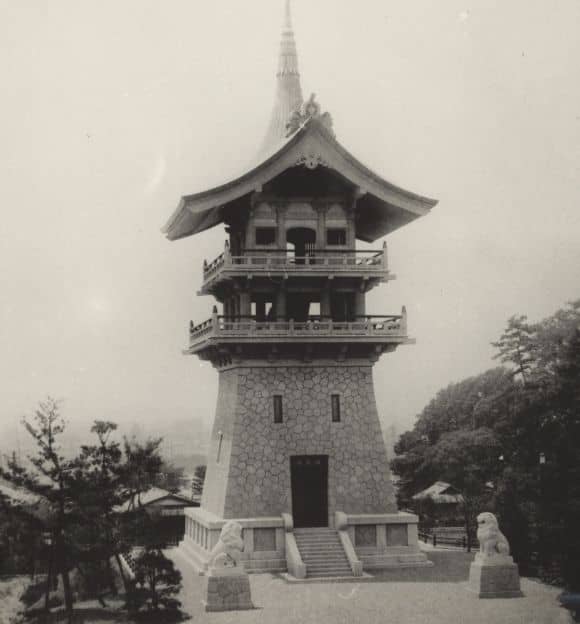
1927
Gionkaku Tower
Kyoto
![Underground Railway Tokyo(Ginza line’s original enterprise) [Ueno - Asakusa segment]](../assets/img/history/1873-1945-17.jpg)
1927
Underground Railway Tokyo(Ginza line’s original enterprise) [Ueno - Asakusa segment]
Tokyo
“Do this job without depending on foreigner’s knowledge.”
In 1927, the Japan’s first subway (2.163 km) between Ueno and Kaminarimon (Asakusa) was opened. This is currently known as the Tokyo Metro Ginza Line. Okura Doboku Kabushiki Gaisha, which was our predecessor, undertook the related contract work. Although technological difficulties were anticipated in the midst of the Post-World War I depression and economic chaos after the Great Kanto Earthquake, Kihachiro OKURA encouraged his employees to undertake this construction work. Moreover, he urged them to do it without relying on foreigner’s knowledge. For construction, the open-cut method was used. This is a way to create a tunnel by digging in the ground and then burying the results after completion. This was unprecedented construction work for them. However, they performed it by putting their whole souls into the work and completed it safely and soundly.
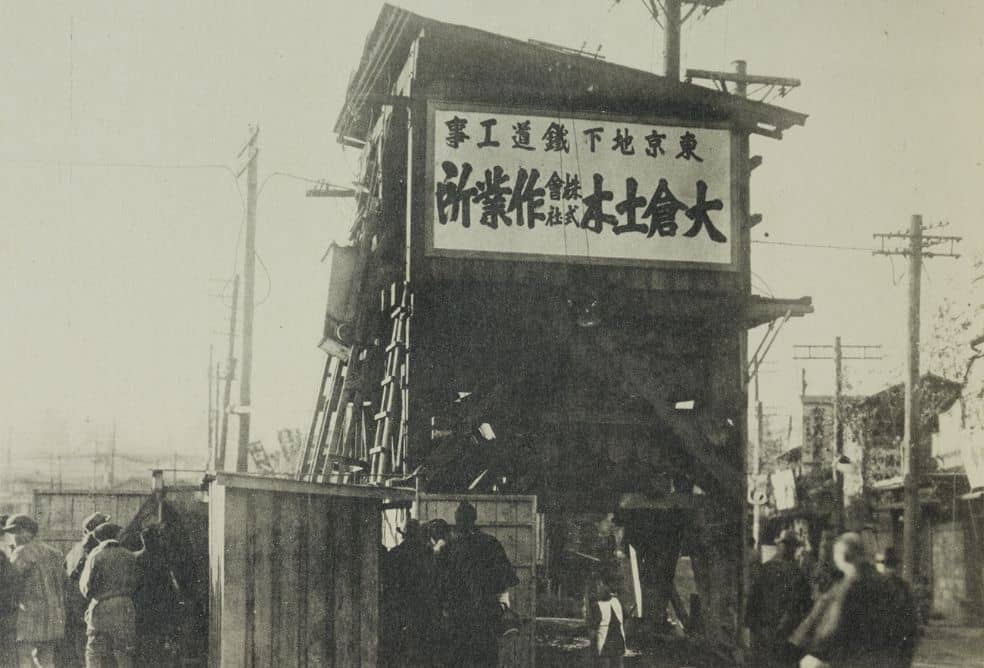
-
1930
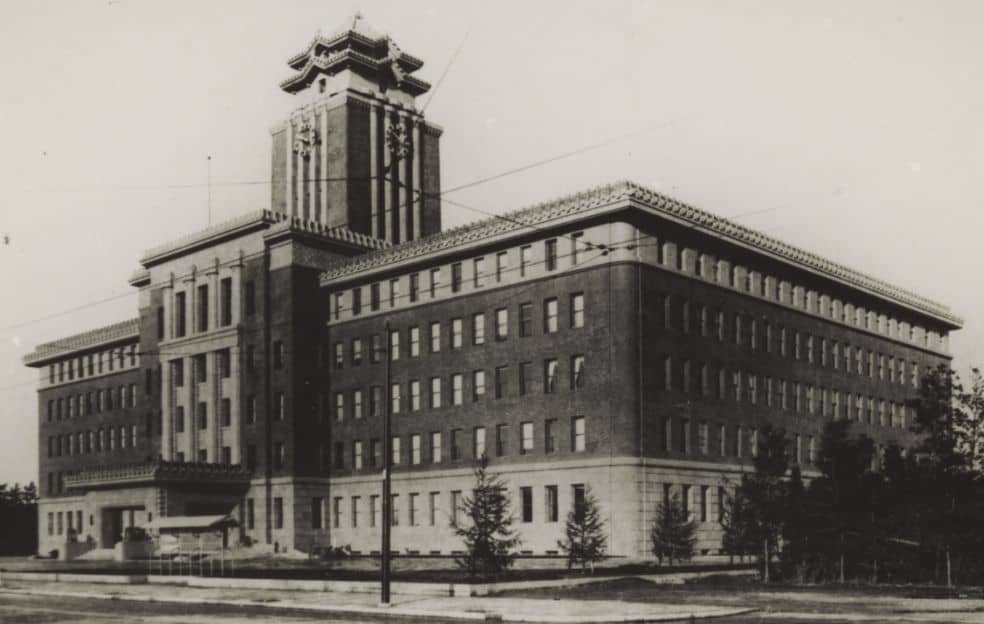
1933
Nagoya City Hall
Aichi
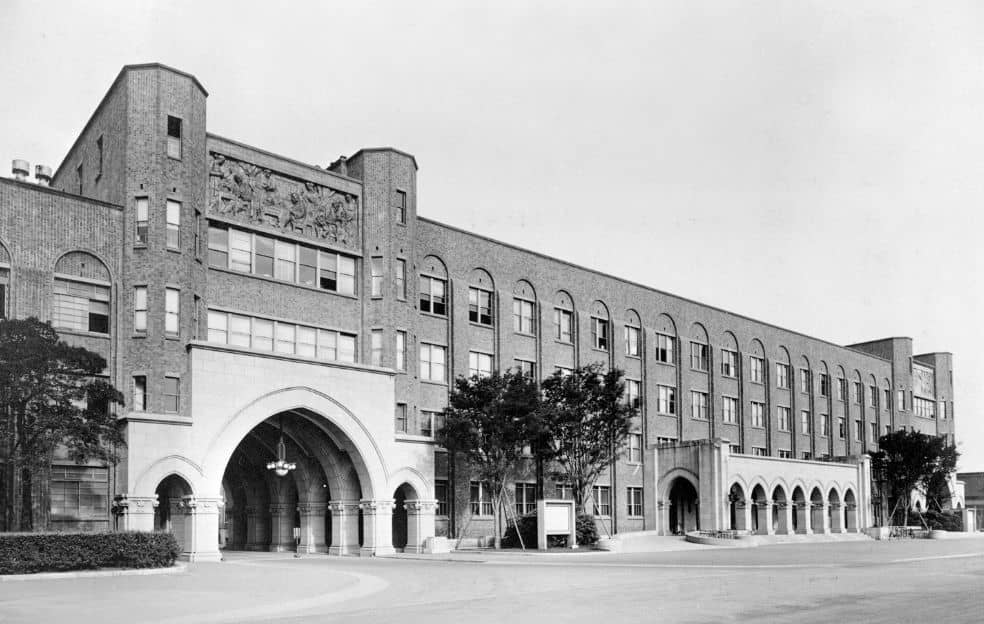
1933
Faculty of Medicine, Tokyo Imperial University
Tokyo
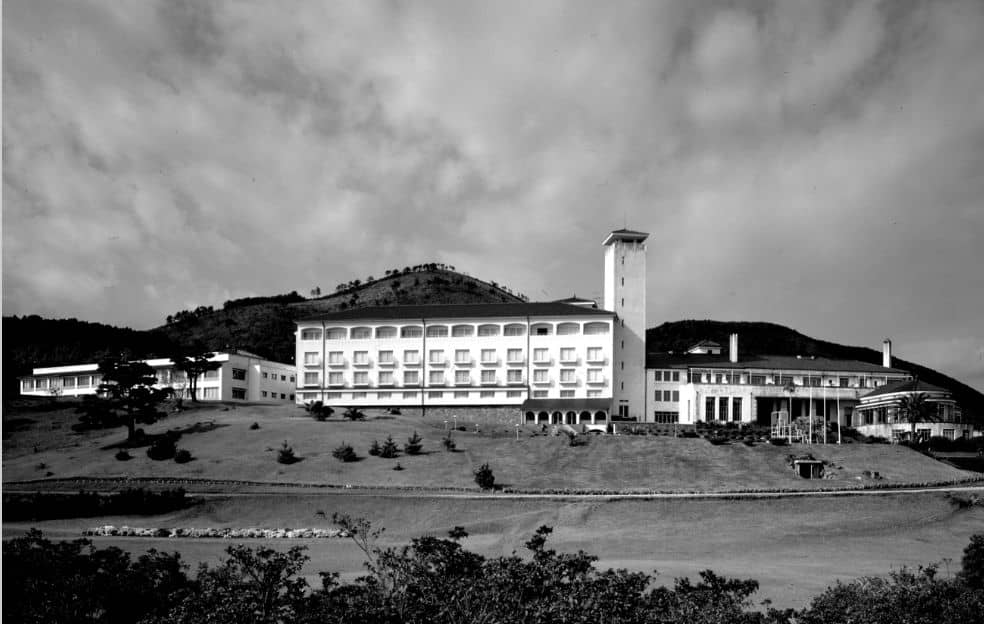
1936
Kawana Hotel
Shizuoka
